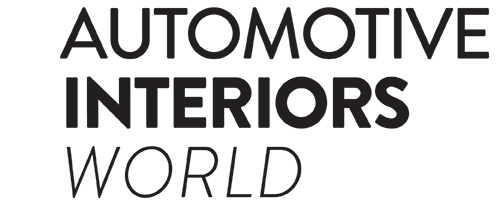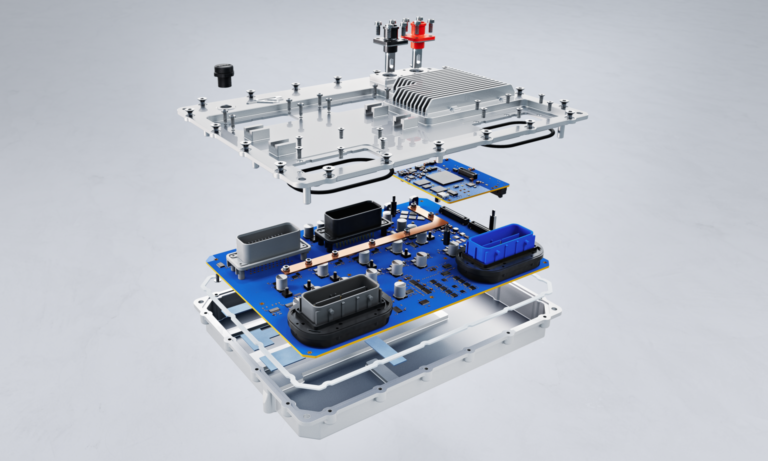NXP Semiconductors has collaborated with Rimac Technology to advance centralized architectures for SDVs. The jointly developed solution features NXP’s S32E2 processors, which are part of NXP’s comprehensive S32 automotive processing platform, designed for current and future connectivity, security and safety challenges in automotive. The S32E aims to address a vehicle’s need for high-performance deterministic real-time domain and zonal control in a multi-application environment.
The evolution of centralized vehicle architectures and the consolidation of electronic control units (ECUs) demand safe application integration. NXP and Rimac Technology’s architecture provides an easy-to-use platform that allows the development and efficient integration of different vehicle applications, such as vehicle dynamics and charging control, energy and thermal management and body electronics.
The S32E2 allows the consolidation of over 20 ECUs into just three centralized units. Part of NXP’s high-performance multi-application processor range, the S32E integrates eight Arm Cortex-R52 processor cores running at up to 1GHz, high-resolution analog-to-digital converters and the capability to support large amounts of non-volatile memory – up to 64MB.
“OEMs and Tier 1s have faced the challenge of either consolidating multiple applications within legacy microcontrollers or deploying excessive redundant computing power to achieve application independence”, explained Ray Cornyn, SVP and general manager, automotive processors at NXP. “The NXP platform allows developers to quickly implement SDV features for advanced real-time applications. The S32E2 enables the efficient integration of numerous applications within an easy-to-debug environment, where task isolation and determinism are inherent to the design.”
“The growing complexity of vehicle systems with numerous ECUs requires a solution that decreases weight, manages power consumption and simplifies software integration”, said Ana Martinčić Špoljarić, business unit director for powertrain and electronics at Rimac Technology. “With NXP’s S32E2 real-time processors, we found the ideal high-performance and automotive-grade solution that allows us to integrate several units into a single domain controller, reducing complexity and material costs for automotive OEMs while significantly increasing computational power.”
The ISO 26262 ASIL D-compliant S32E2 series addresses a wide range of automotive OEM requirements by delivering safe and secure high-performance processing, which is critical for software-defined vehicles (SDVs). It features a comprehensive safety architecture, including core-to-pin isolation to prevent interference and support task-level fault recovery. Additionally, the built-in hardware security engine enables secure boot, key management and other essential security functions.
Rimac Technology has said it will primarily leverage the new ECU platform in a hypercar program, with plans to scale up in different vehicle segments and alternative mobility sectors.
System solutions
The S32E2 extends NXP’s comprehensive S32 automotive processing platform and fits between the recently introduced S32K5 microcontroller family and the 5nm S32N real-time super integration processors.
Combined with NXP’s networking and system power management solutions and the middleware, OSes and other software from automotive software providers under the NXP CoreRide platform, these system solutions will help auto makers overcome software and hardware integration barriers, while scaling development efforts for new architectures in SDVs.
System support
NXP offers system support for S32E2 processors to accelerate customer designs. This includes the FS86 ASIL D safety system basis chip (SBC) and PF5030 power management IC (PMIC) with enhanced safety features and in-vehicle networking support with ethernet switches and PHYs and CAN transceivers, along with other analog companion chips such as the GD3160 IGBT/SiC high-voltage inverter gate driver and MC3377x battery cell controllers.
Read about Rimac’s two-seater autonomous robotaxi



